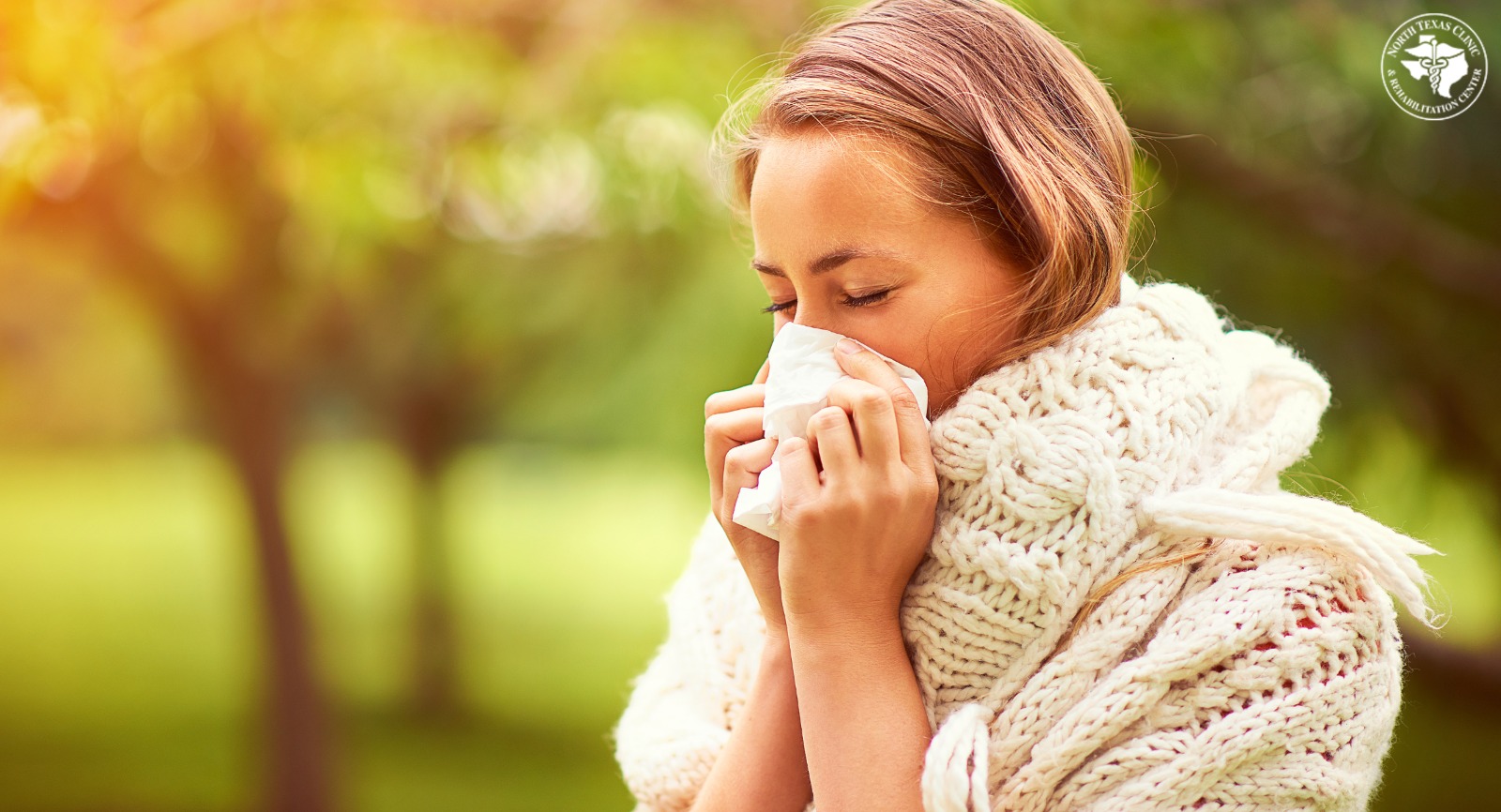When people think of allergies, they often think of food, but many allergic reactions actually come from something we can’t see — aeroallergens. These are tiny airborne substances that can trigger allergic symptoms when inhaled. From sneezing and itchy eyes to asthma flare-ups, aeroallergens can affect our daily lives more than we realize, especially for those who are sensitive.
Some of the most common aeroallergens include pollen, dust mites, mold spores, and pet dander. Each of these comes from a different source, but they all float through the air and enter our bodies through the nose, mouth, and lungs. For people with allergies, the immune system mistakes these harmless particles for threats and responds by releasing chemicals like histamine. This leads to symptoms like nasal congestion, sneezing, coughing, watery eyes, and in more severe cases, breathing difficulties or asthma attacks.
Pollen is one of the most well-known aeroallergens and is especially active during certain times of the year. Trees, grasses, and weeds release pollen into the air to fertilize other plants, but when this happens, many allergy sufferers feel the effects. Spring is usually the worst season for tree pollen, while grass pollen peaks in the summer and weed pollen tends to be highest in the fall.
Dust mites are microscopic creatures that live in house dust and thrive in warm, humid environments — especially in bedding, upholstery, and carpets. They’re a year-round problem and a common trigger of indoor allergies. Since dust mites are nearly impossible to see, people often don’t know they’re the cause of their sneezing or stuffy nose, especially in the mornings.
Mold spores are another type of aeroallergen. Mold grows in damp places, like bathrooms, basements, or anywhere with water damage. The spores float in the air and can cause allergy symptoms when inhaled. Like dust mites, mold can be a year-round issue, but is especially common in humid or rainy climates.
Pet dander is made up of tiny flakes of skin and proteins from saliva, urine, or sweat that come from animals like cats and dogs. These particles are very lightweight and can stay in the air or settle into carpets and furniture for a long time. Even homes without pets can have dander if a visitor brings it in on their clothes.
Managing allergies caused by aeroallergens often involves a mix of strategies. Keeping windows closed during high pollen seasons, using air purifiers, washing bedding in hot water, reducing indoor humidity, and regularly cleaning dusty areas can all help reduce exposure. In some cases, doctors may recommend medications like antihistamines or nasal sprays. For more persistent symptoms, allergy testing and treatments like immunotherapy (allergy shots) may be considered.
Understanding aeroallergens is the first step toward better allergy control. Even though we can’t avoid them completely, being aware of what they are and how they affect us makes it easier to create a healthier, more comfortable living environment — especially for those who are sensitive to the air around them.



Add a Comment